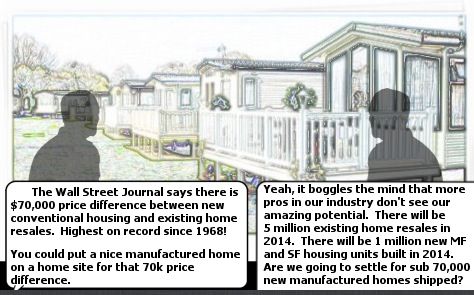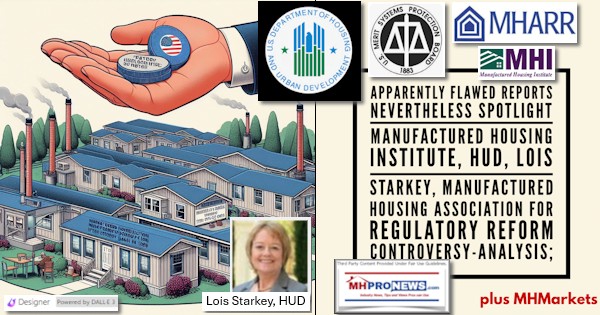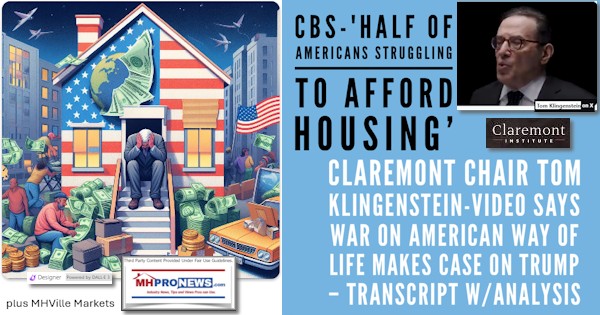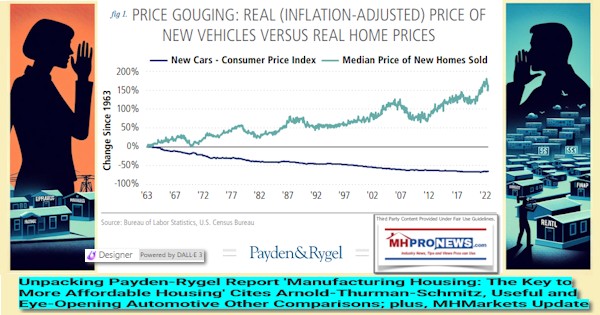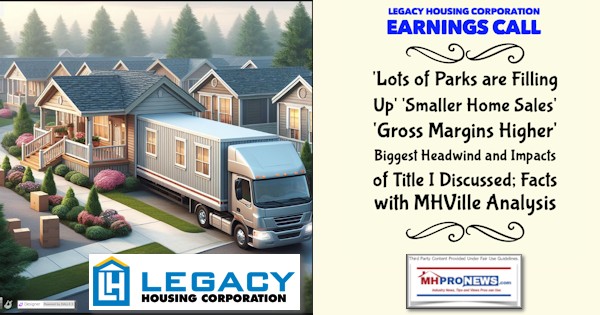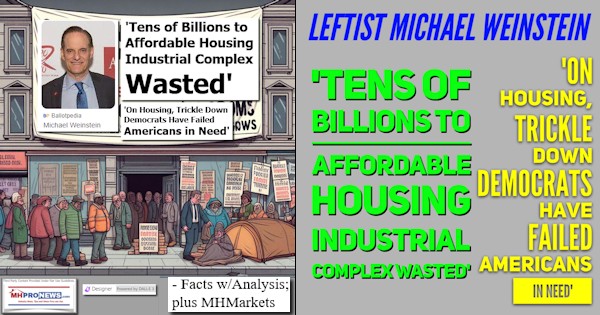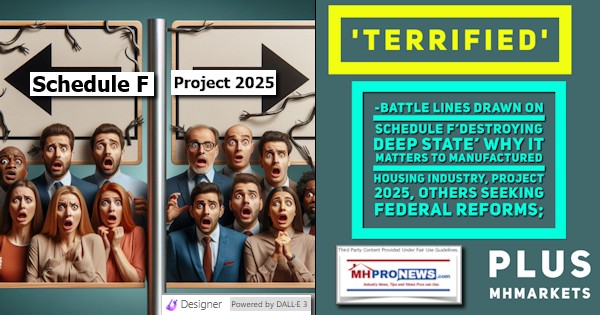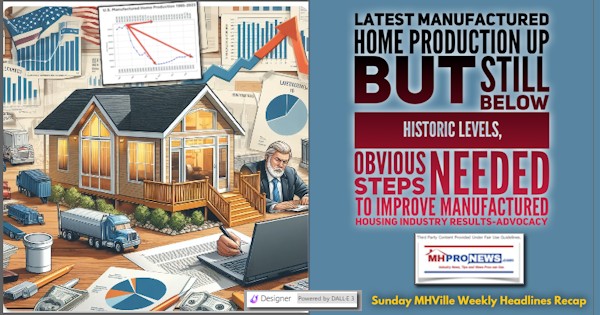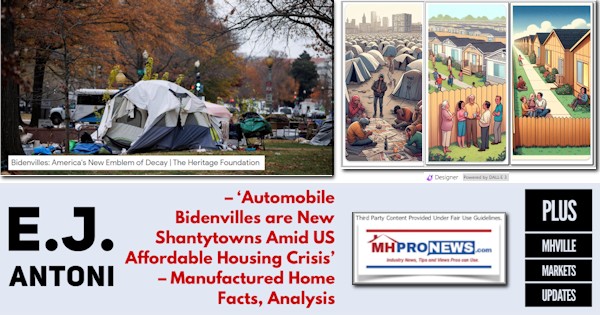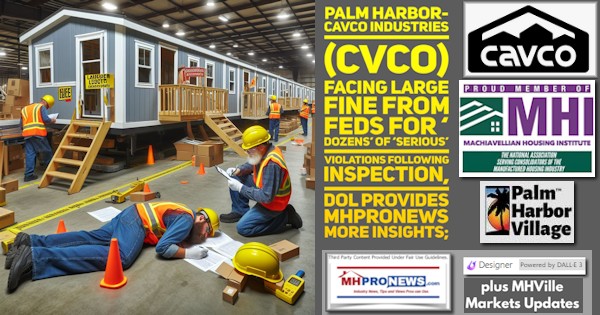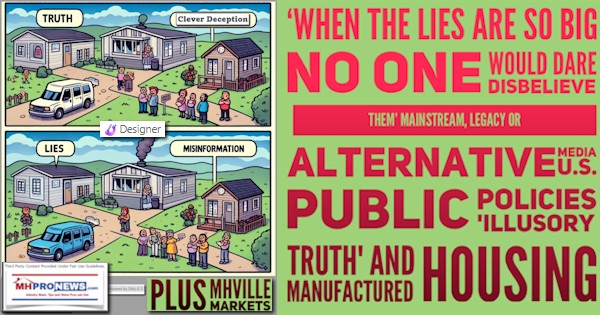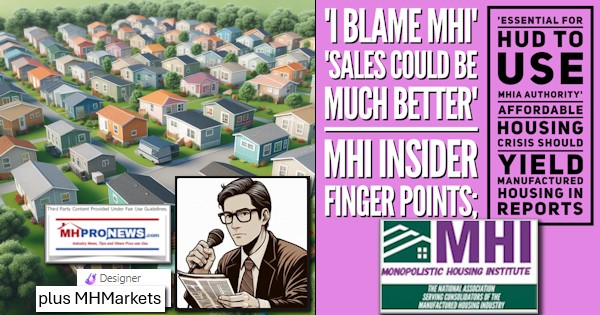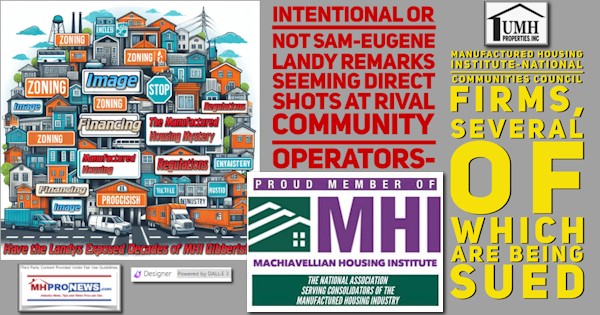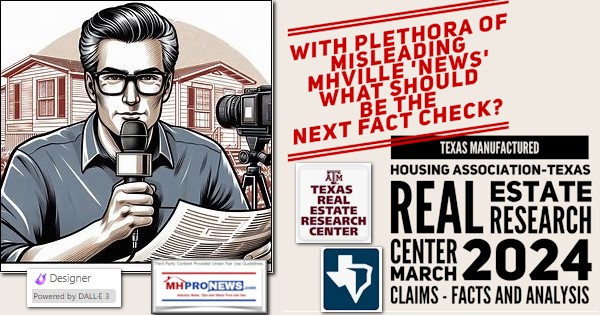 CNN Money tells MHProNews that when the new Congress is seated in 2015, Jeff Sessions R-Alabama, may chair the Senate Budget Committee. Sessions has expressed interest in a plan to balance the budget in 10 years.
CNN Money tells MHProNews that when the new Congress is seated in 2015, Jeff Sessions R-Alabama, may chair the Senate Budget Committee. Sessions has expressed interest in a plan to balance the budget in 10 years.
House budget veteran, R-WI Paul Ryan, produced a plan that would do that, with the largest savings – $2.1 Trillion dollars – coming from big/costly changes to ObamaCare and changes to Medicaid spending that could save $730 billion. Medicare costs would be untouched in Ryan’s proposal.
The numbers are so large, and the terminology not exactly everyday, so CNN Money produced a reasonably balanced video that explains why big debts and deficits are bad in the long run.
What is often overlooked in partisan discussions is that economic growth came when compromises were forged between the two major parties. President Ronald Reagan-R, was able to work with Democratic Speaker of the House, Tip O’Niell; then Bill Clinton famously pivoted to compromise with Speaker Newt Gingrich and Republicans on entitlement reforms that balanced the budget and created the first federal surplus in generations.
But President George W. Bush and Republicans – followed by POTUS Barack H Obama and Democrats – lead the nation into new spending sprees that threaten every aspect of our economic, defense and social fabric. There are open questions from members of both parties as to whether the current president is flexible enough to compromise, in spite of candidate Obama’s assurances of a new trans-party way of doing business in DC upon his election.
Debt is the biggest threat to U.S. national security, said Navy Adm. Mike Mullen, chairman of the Joint Chiefs of Staff. Serious words from a professional warrior. The video above points out that debt and deficits negatively impact our economy, harming us all.
Affordable Housing – Debts, Deficits, Public Policy and the Manufactured Housing Solution
Did Congressman Ryan miss an area that might save 200 billion over 10 years, and create/sustain millions of jobs in the process?
According to the Government Account Office (GAO) website, “Each year, the federal government spends around $40 billion for rental housing programs serving households with lower incomes. As the stock of housing assisted with federal funds ages and the number of families experiencing housing affordability problems grows, the federal government faces a number of management challenges and policy issues in its efforts to support affordable rental housing.”
This is a fact Texas Manufactured Housing Association (TMHA) Executive Director DJ Pendleton and other MH industry professionals have raised. Pendleton argues that the simple solution is to level the playing field and allow manufactured housing to compete on par with conventional housing in zoning and other laws.
The Tomorrow’s Home Foundation’s Amy Bliss similarly urges that manufactured home be treated by lenders in an unbiased fashion.
The Manufactured Housing Association for Regulatory Reform (MHARR) has often raised a related objection, by pointing out that the Manufactured Housing Improvement Act of 2000 (MHIA 2000) provided for enhanced federal preemption for manufactured homes. In fact, local jurisdictions often make it difficult as this linked commentary by Jay Hamilton of the Georgia Manufactured Housing Association (GMHA) reminds us.
Numerous not-for-profit organizations have been touting the benefits of modern manufactured homes, particularly those which are Energy Star rated.
Dr. Harold Hunt, from the Texas A&M Real Estate Center has also pointed out the solution that factory home building offers, quipping “Its not your Grandfather’s Trailer House.”
The Broadway Stack and CityScapes – the Mills of Carthage – are two of many possible examples of how factory home building could rapidly meet even urban needs for quality affordable homes. UMH’s president Sam Landy boldly pointed out that a $40,000-45,000 dollar manufactured home on a $30,000 home site offered a quality of individual living that conventional home builders simply can’t achieve.
Saving just half of that 40 billion spent on rental subsidies by the federal government and applying it to a retooled plan that would create a path to manufactured home ownership could build 266,666 homes a year paid for free and clear. More to the point, it could readily make payments on 3,333,333 new 75K MH and lot combinations. That would create/sustain 3.3 million new jobs in factory home building.
The economic multiplier effect is so compelling a story that public officials and all those who “get it” about modern manufactured housing should tout and promote.
With budgets bound to be a big issue in 2015 and beyond, and as the affordable housing crisis grows, manufactured and modular home building must take a seat at the table.
Industry professionals are arguing that the time is now for a trans-corporate, trans-association approach to promote MH as valuable solution for balancing budgets and curing chronic issues in American domestic policy. ##
Related commentary:
http://mhpronews.com/blogs/tonykovach/subsidized-housing-our-secret-enemy/
Comical, but not funny, Manufactured Housing Lending and Industry Crossroads
(Photo credits: Senator Sessions – CNN Money. Manufactured home interior, Texas A&M Real Estate Center. Cartoon credit, MHProNews.com).


